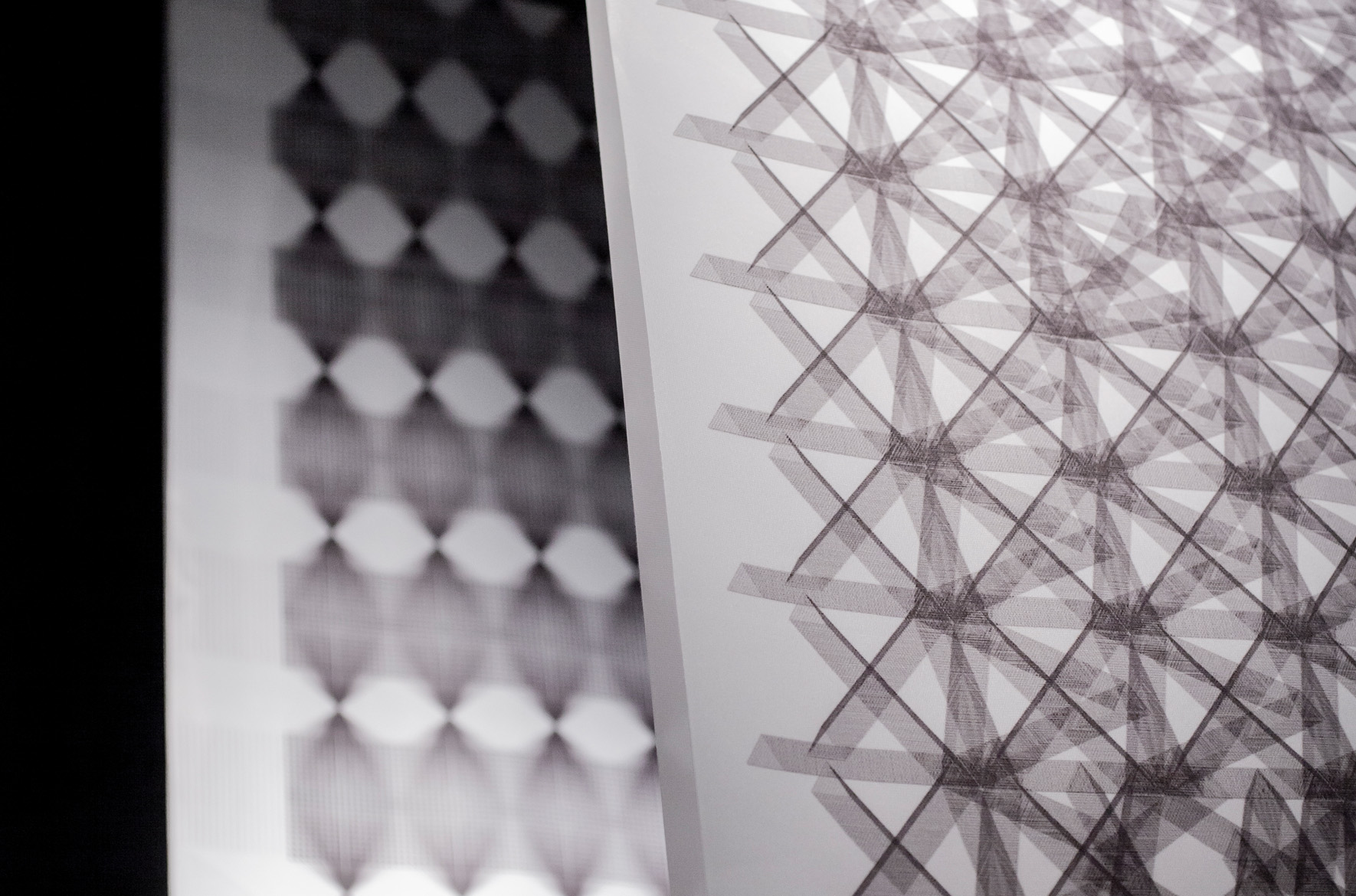
Parametric Translations is a 15m generative textile pattern that starts from a simple input geometry and can be read from one end to another, translating the potential in algorithm-aided design methods into something visually tangible.
YEAR: 2018
FILED UNDER: ACADEMIC, AALTO UNIVERSITY
CO-AUTHOR: HYOEUN PARK
EXHIBITED: TEKSTIILI18 / MAY 2018, KAAPELITEHDAS, HELSINKI FINLAND
PHOTOS: EEVA SUORLAHTI
TAGS:
#TEXTILES, #EXPERIMENTAL TEXTILES, #PATTERNS, #GENERATIVE DESIGN, #ALGORITHM-AIDED DESIGN, #PARAMETRIC DESIGN, #CREATIVE CODING, #DIGITAL FUTURES, #COMPOSITIONS
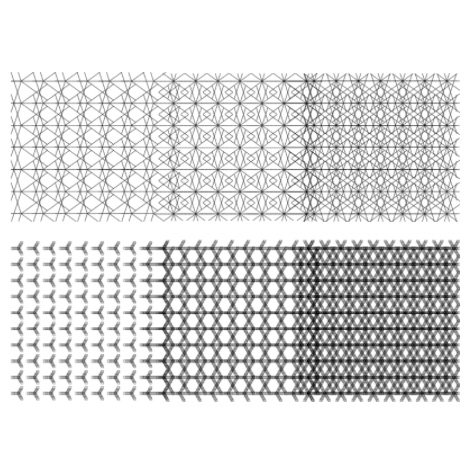
Inspired by the transformative nature of M.C. Escher’s Metamorphosis series, this work explores how rudimentary, basic shapes can evolve and mature into complex compositions through the subtle adjustment of various parameters.
Our patterns were designed and built in Grasshopper, the parametric modeling plug-in for Rhino. Here in Grasshopper as a form of creative exploration, we studied and built a variety of different functions that could manifest into these complex compositions out of a simple input geometry, such as a triangle or a polyline.
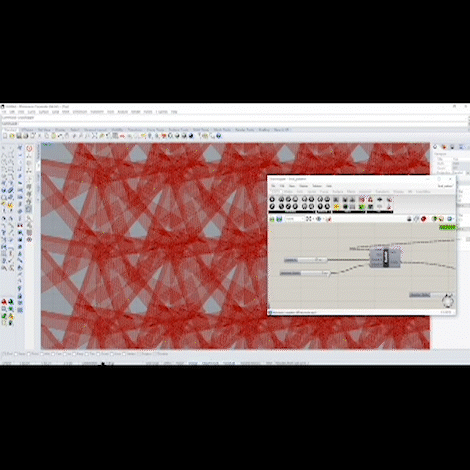
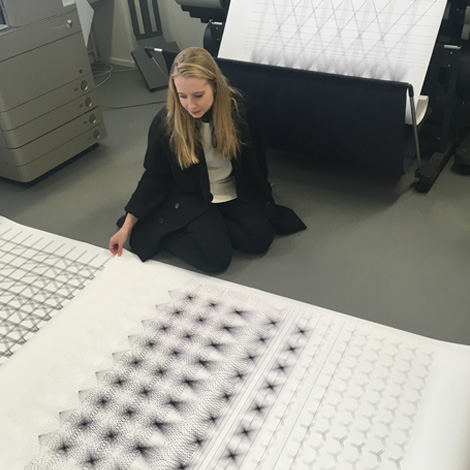
Thereafter, we plotted these patterns at full scale to not only get a sense for density and repetitions, but also assess how might we combine two or more patterns together. Our aim was to develop a pattern where the starting input geometry is deceptively simple and vastly different on both ends, leaving a playful element of surprise as one follows the pattern to see how it evolves.
As a final step, we printed the patterns onto various textiles to test how well the details of the patterns would show across the different mediums. In the exhibition, the final pattern was printed onto a translucent, fire retardant fabric, having been a computationally expensive challenge in itself to package a 15m long vector file for production.
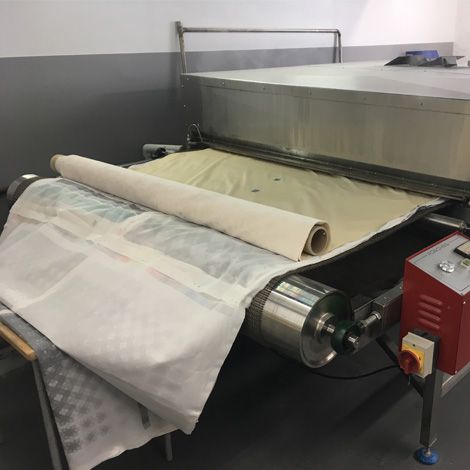
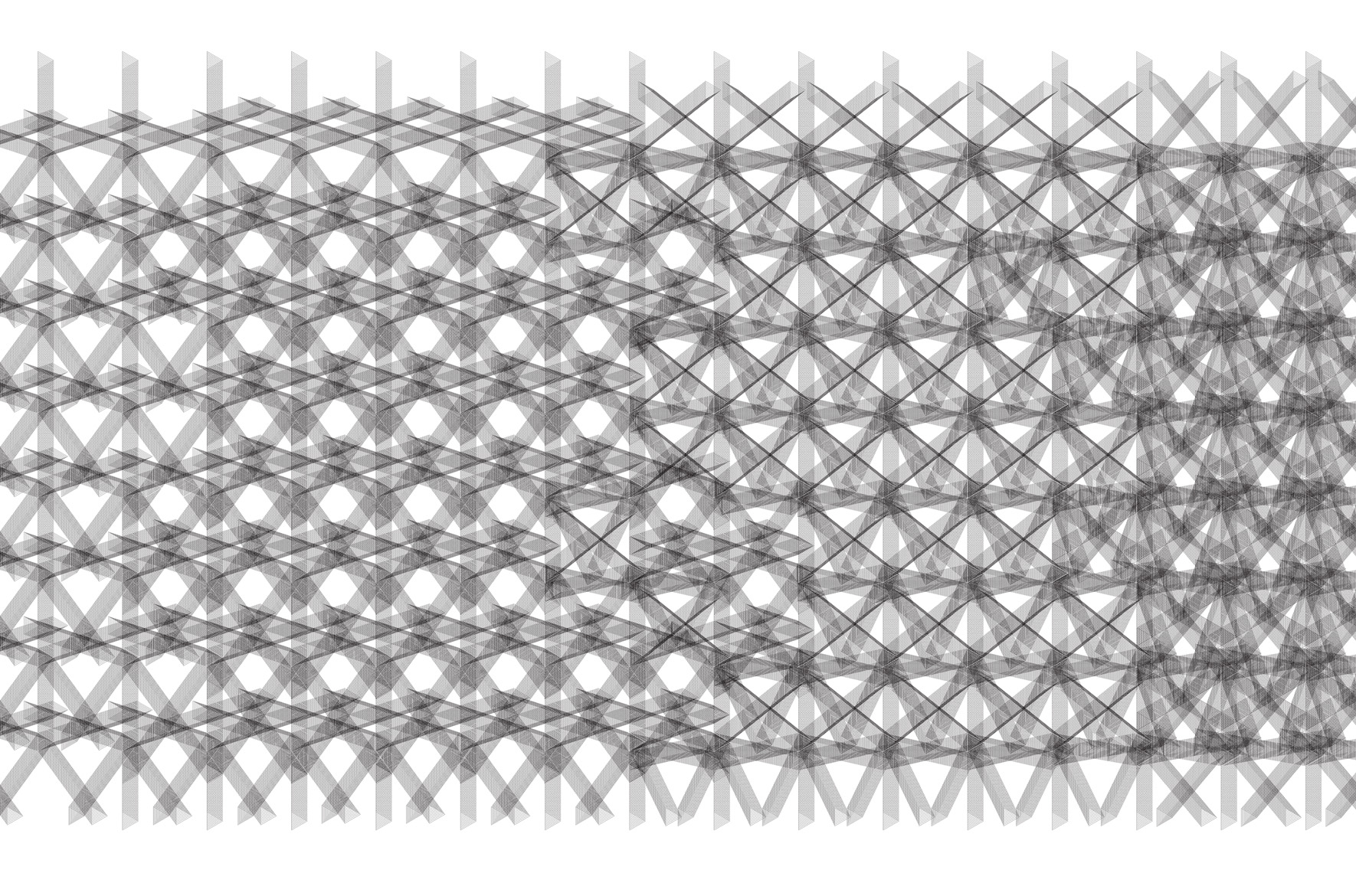
Close-ups of the eventual pattern from different segments. The piece was exhibited at Tekstiili, a bi-annual exhibition that centers on experimentation and textile futures and is now hung at the Aalto University campus.
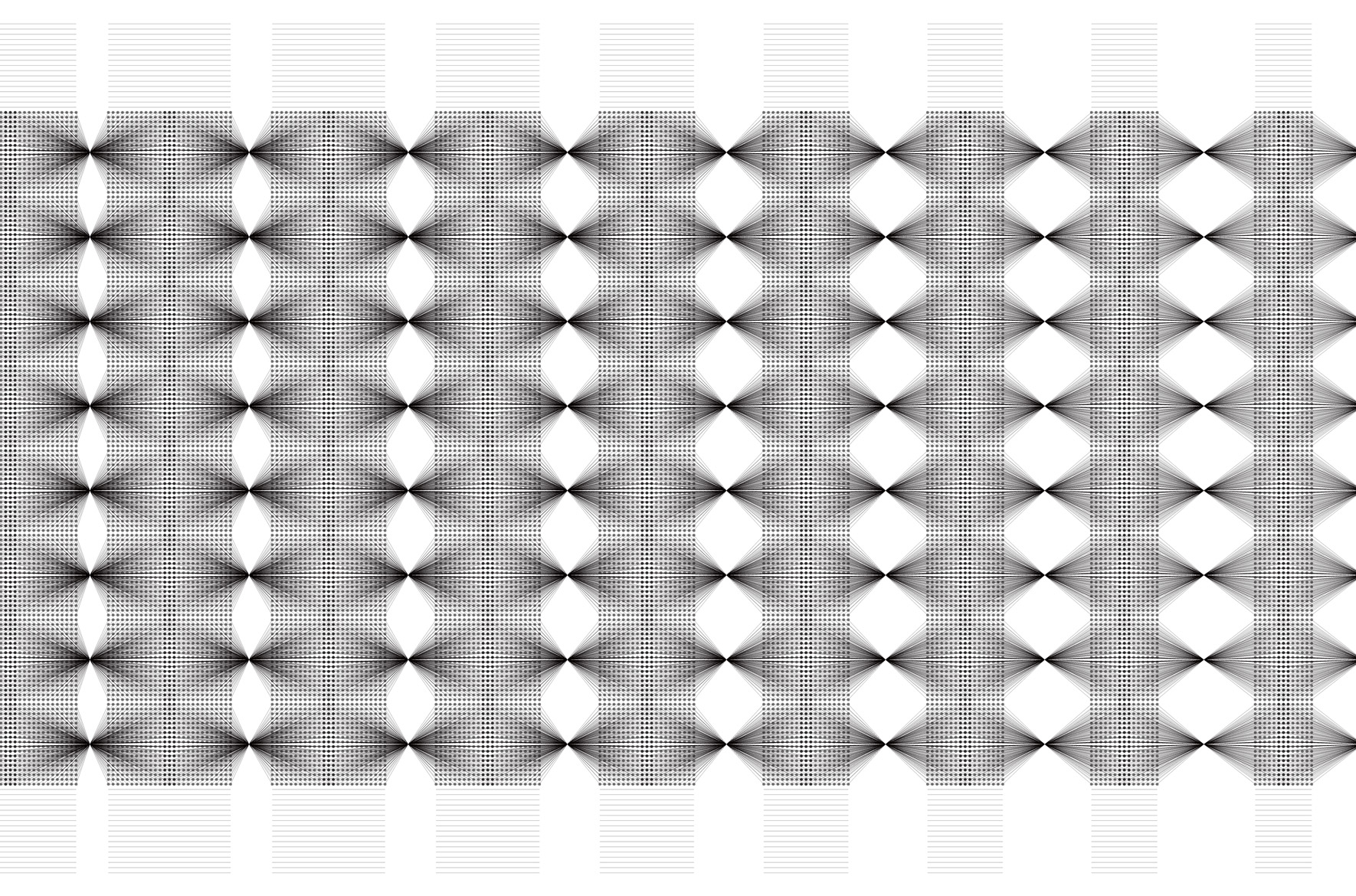
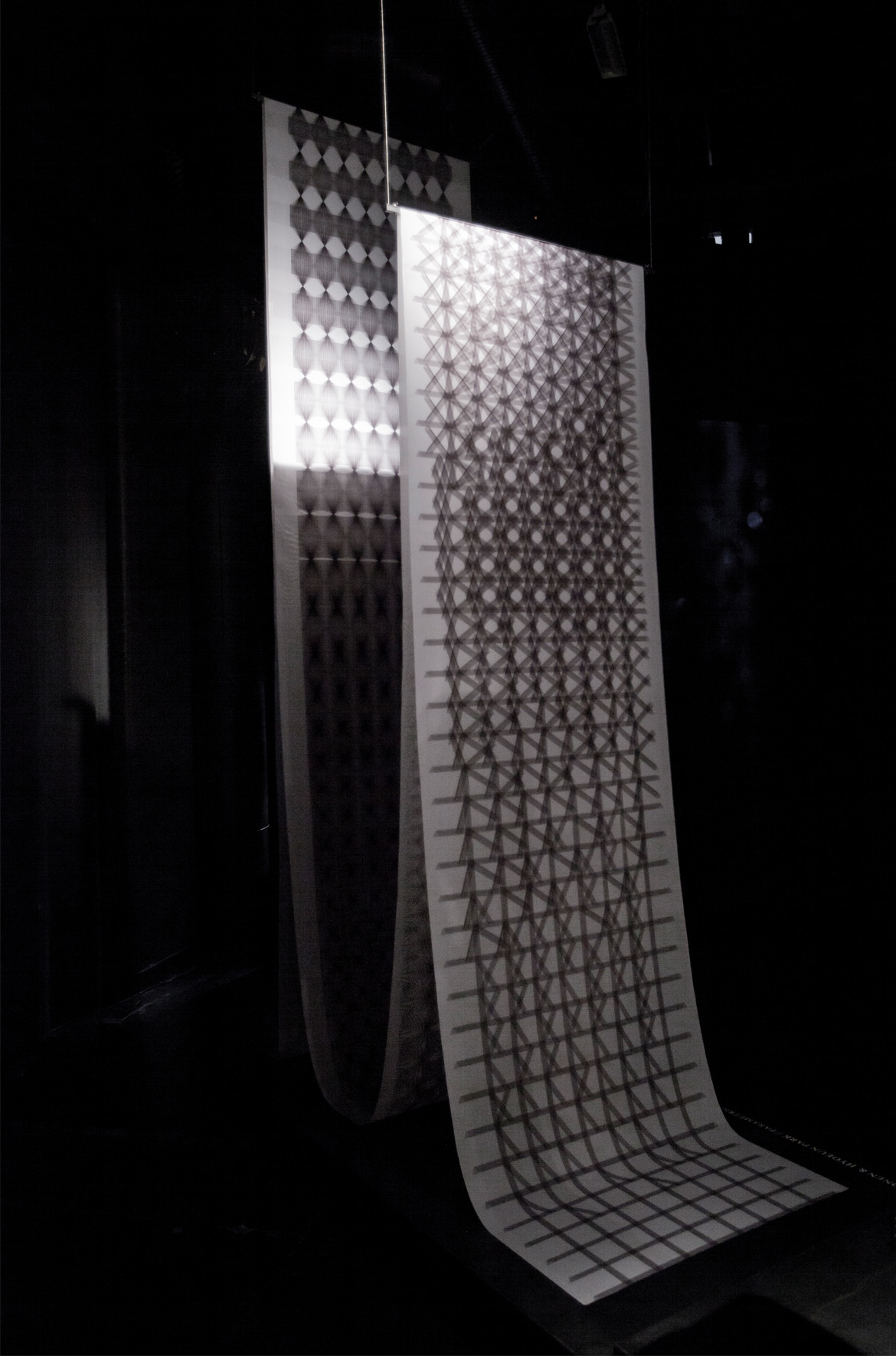
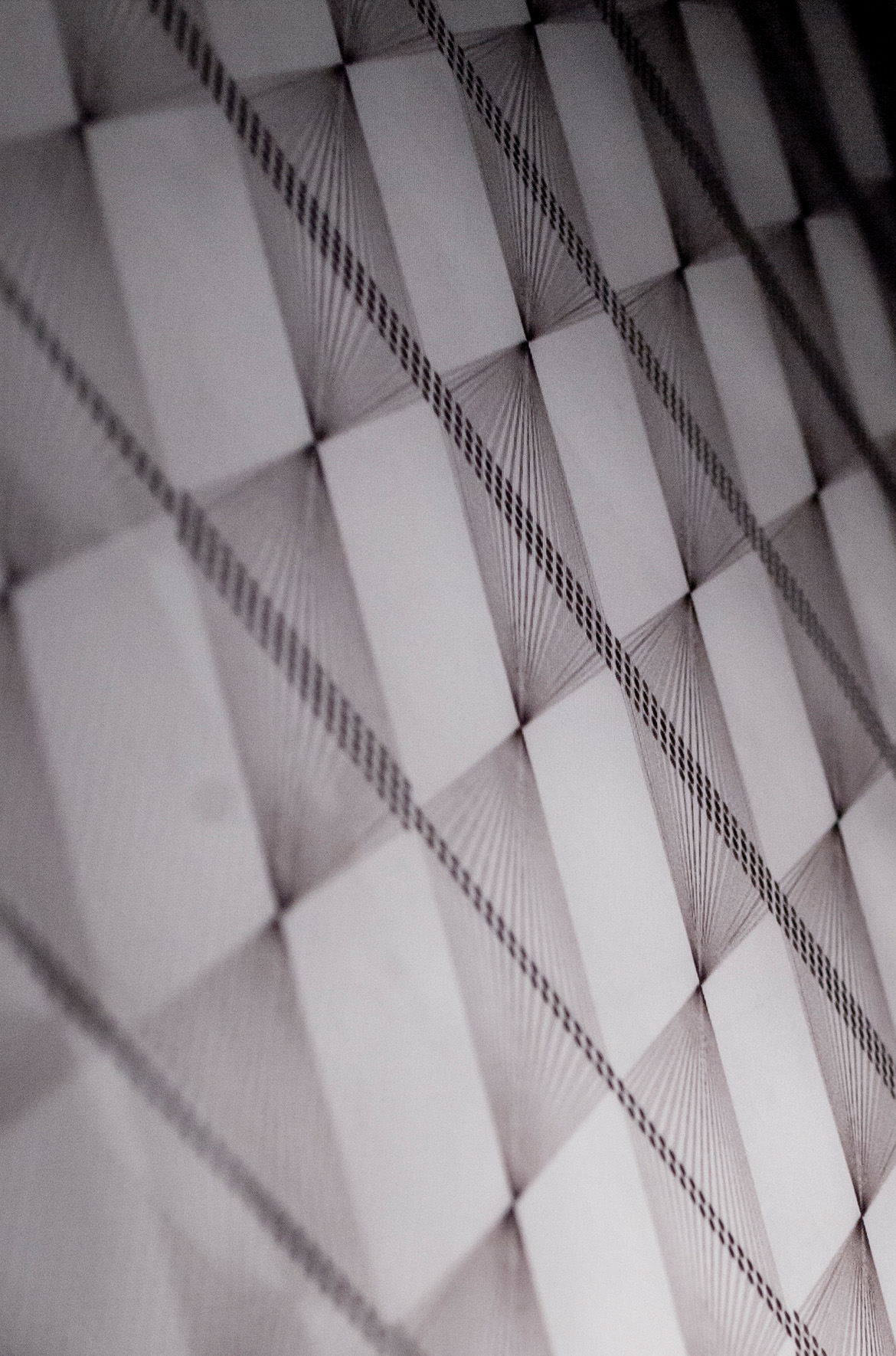
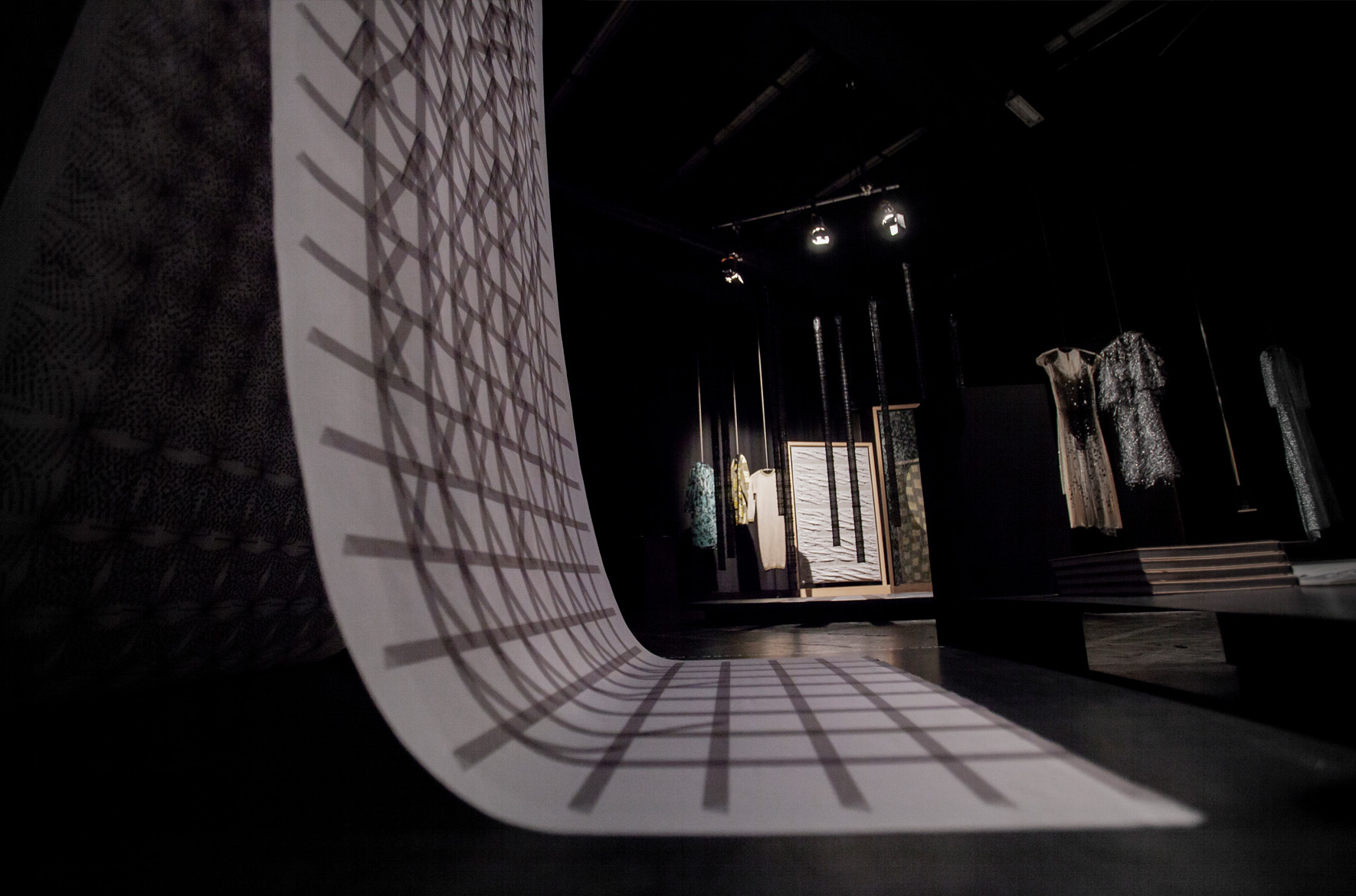
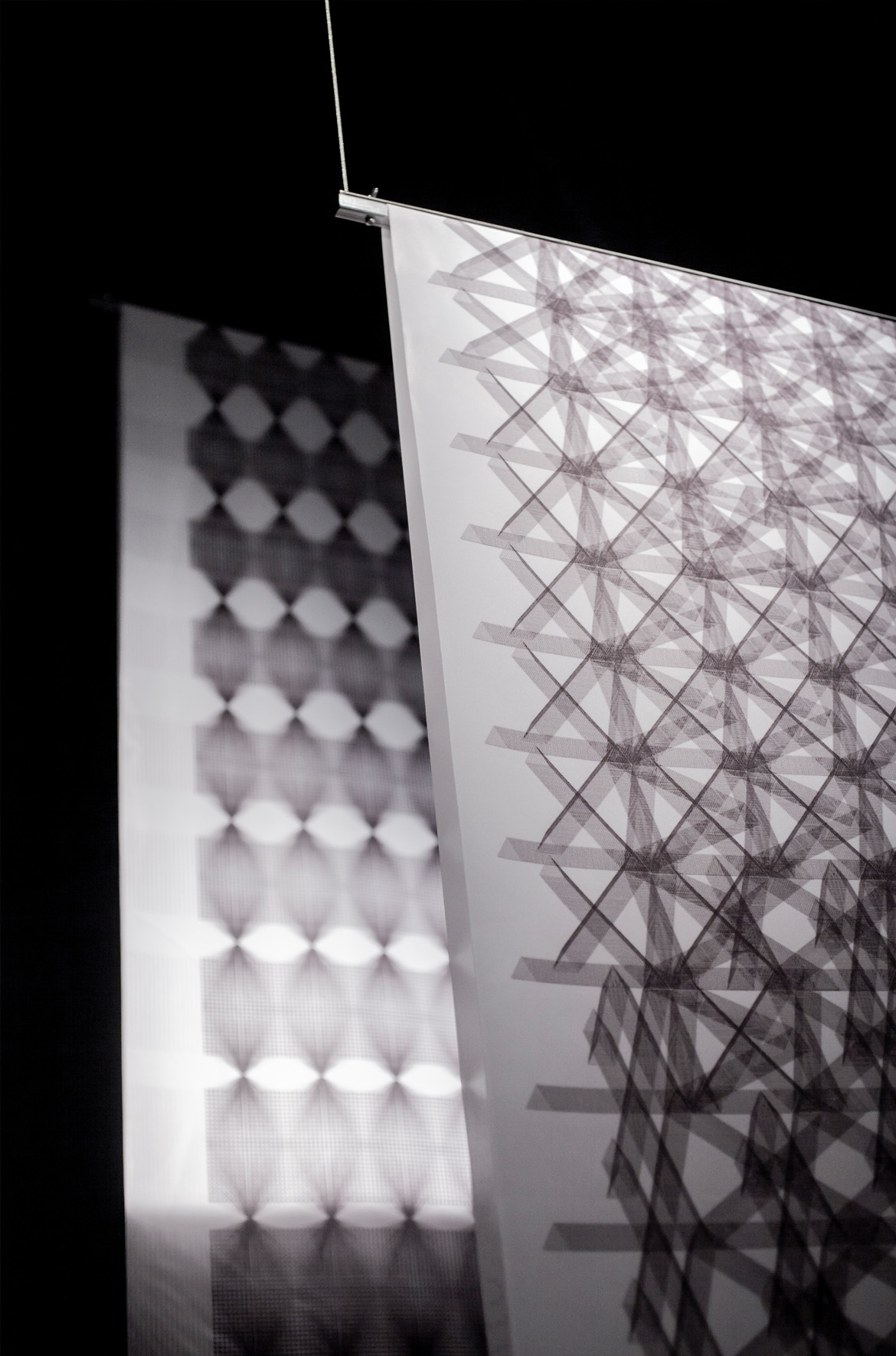
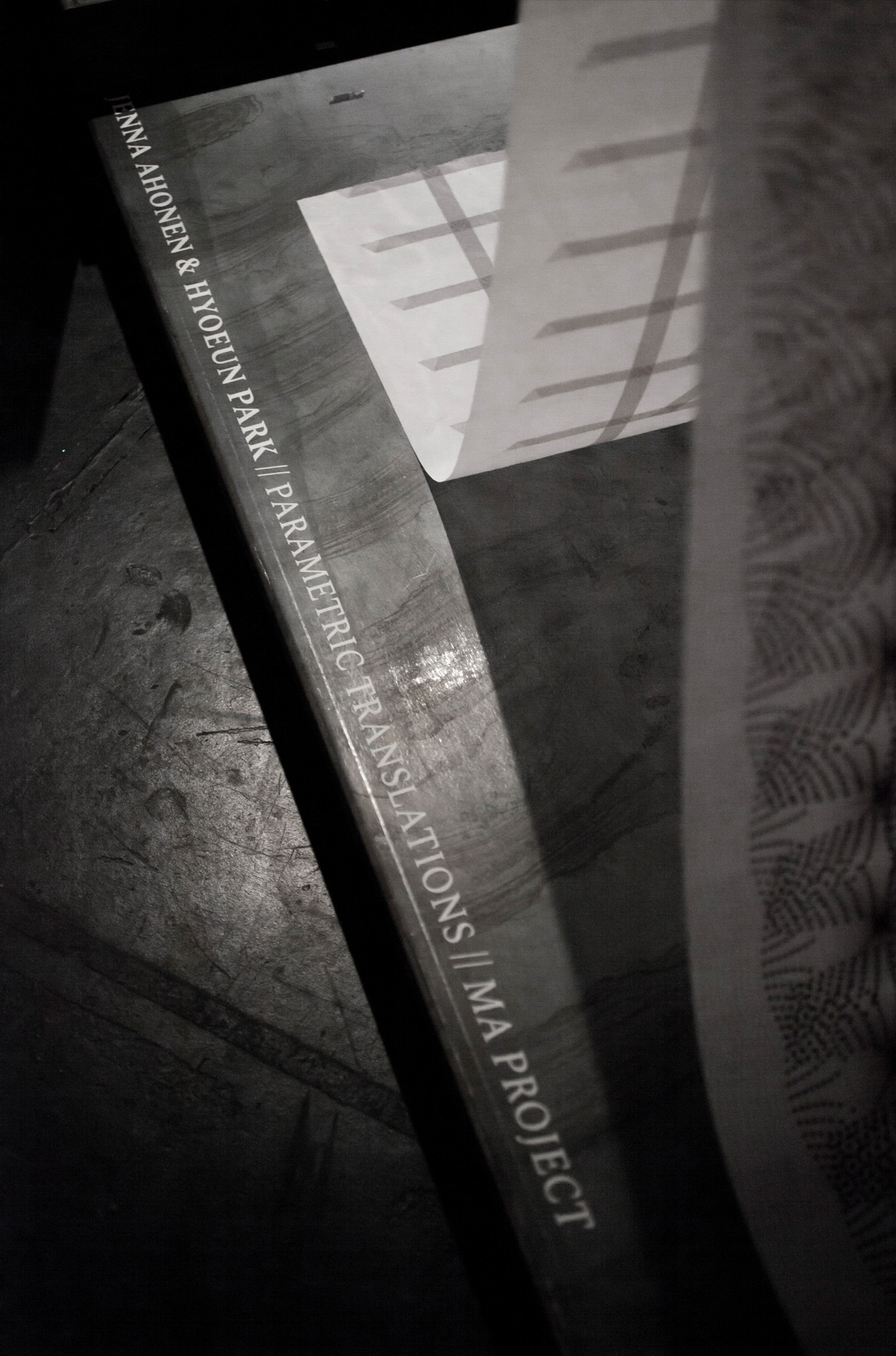
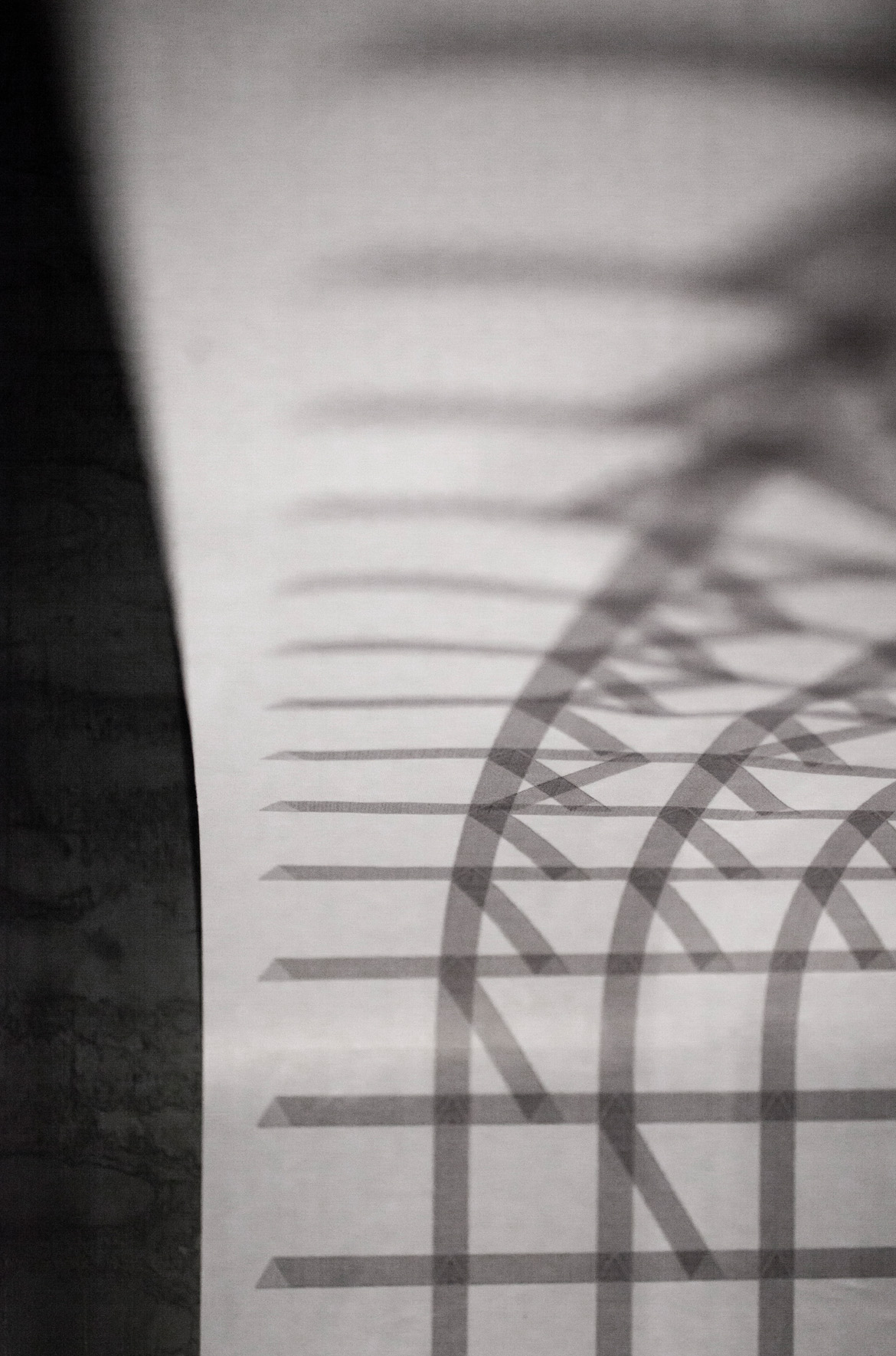
see more
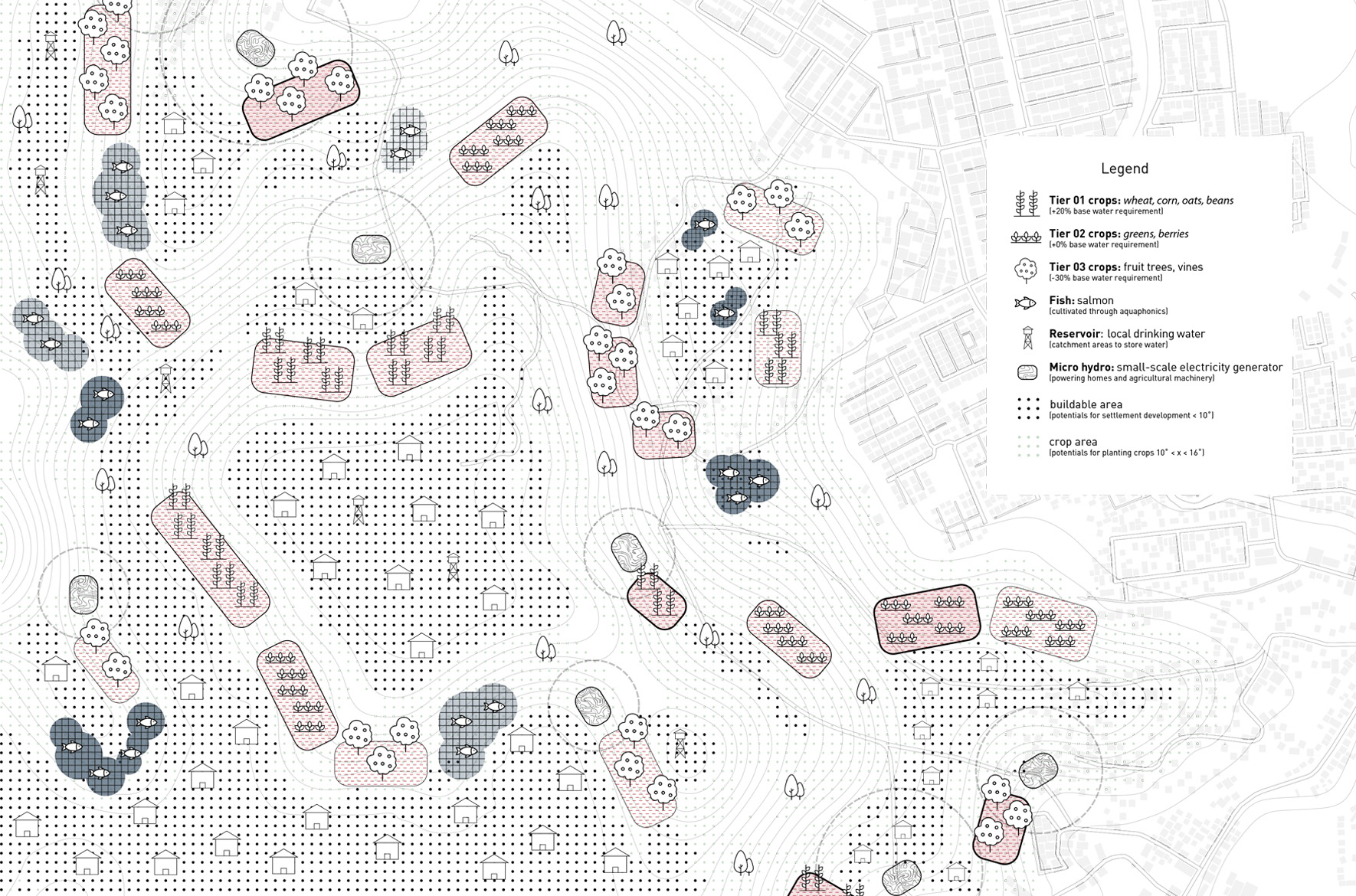
performative landscapesa speculative design proposal that employs computational methodologies and tools to mitigate flood risk and allow for safer urban expansion
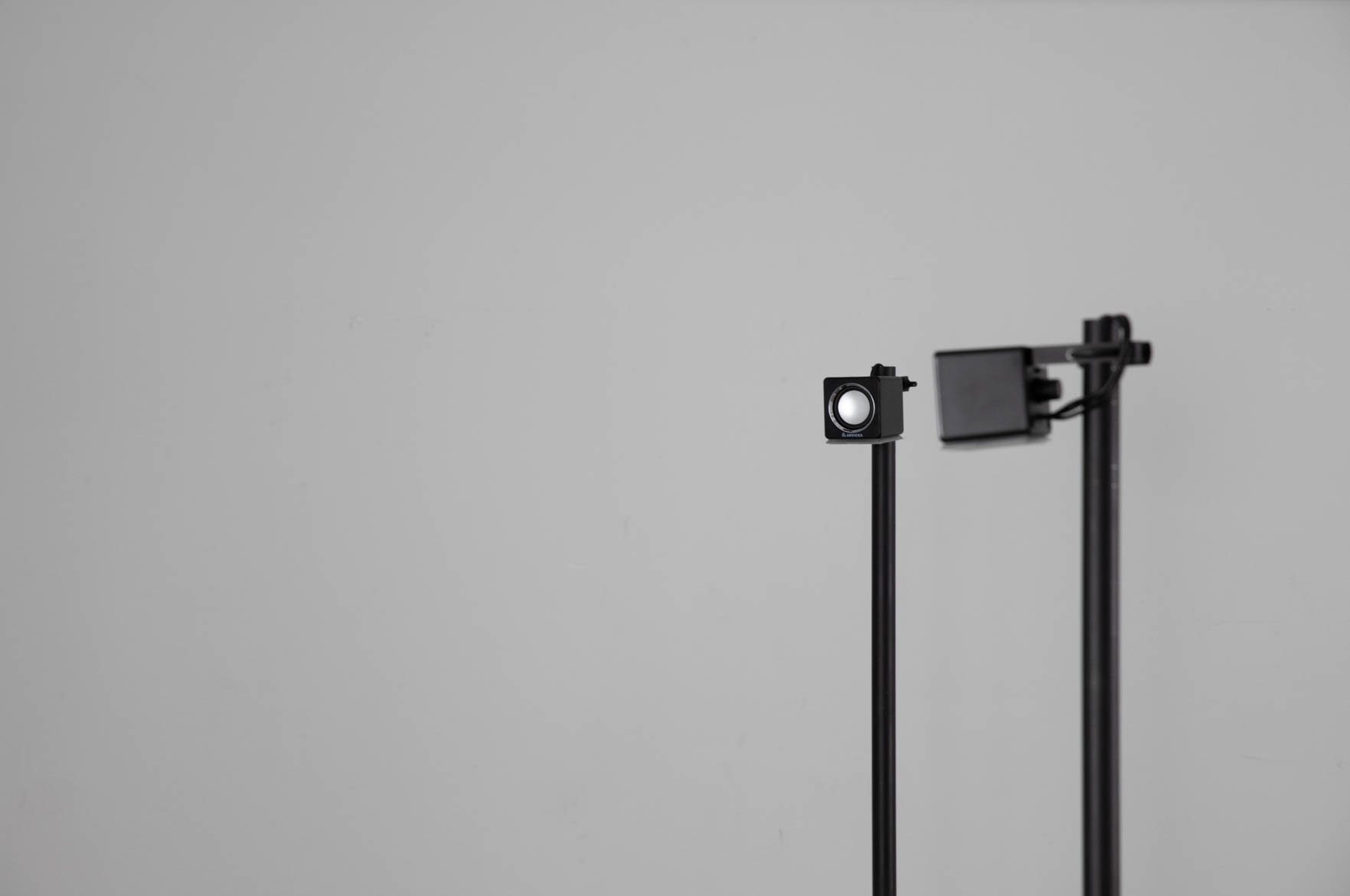
blind as a batan experiential sound installation that uses visitors as agents in an ever-changing dynamic soundscape, challenging our understanding of aural architecture
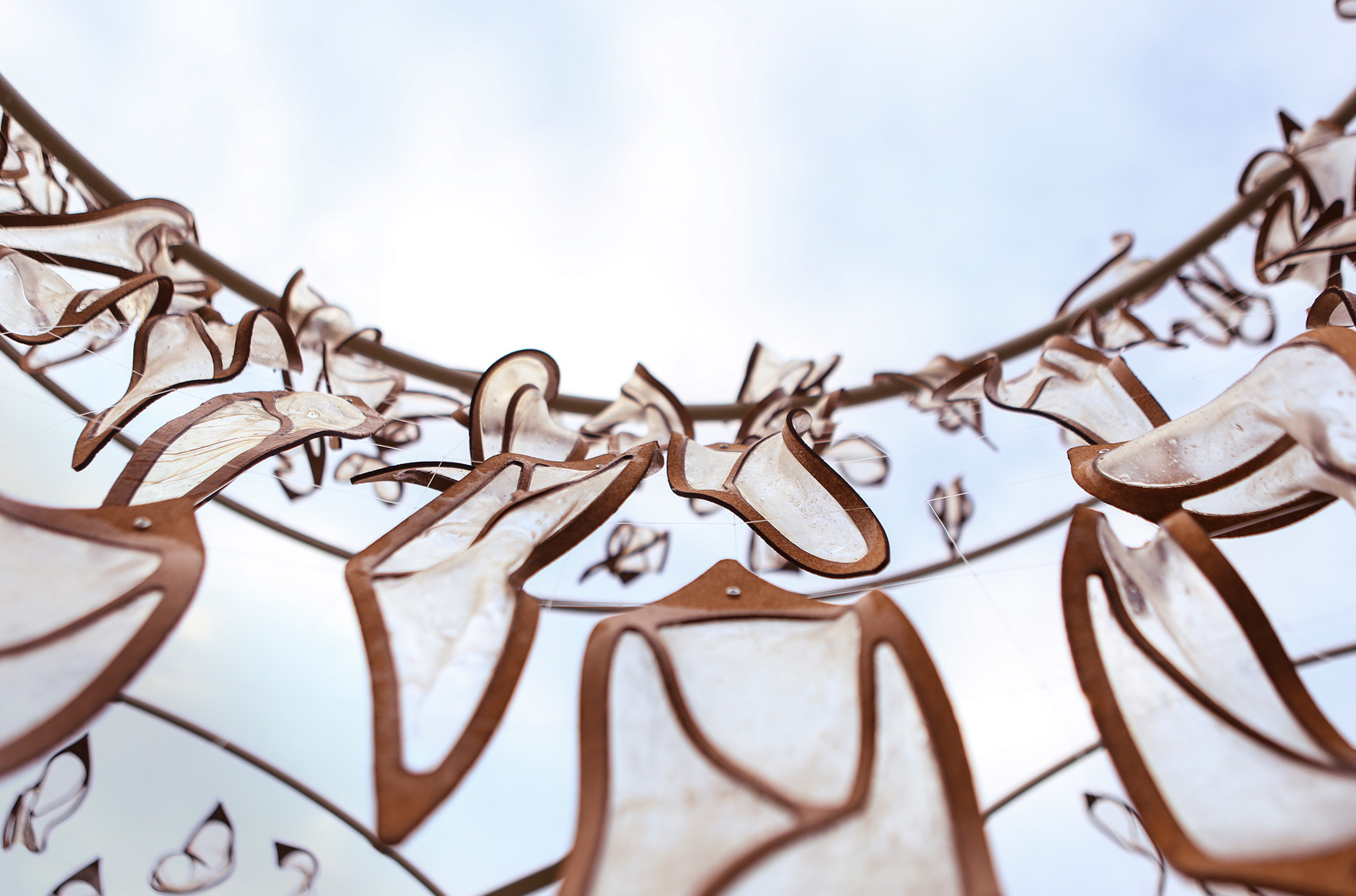
bio.modulesa two-part series of outdoor installations that employ biomaterials as a way to envision the future interactions architecture could have with the environment
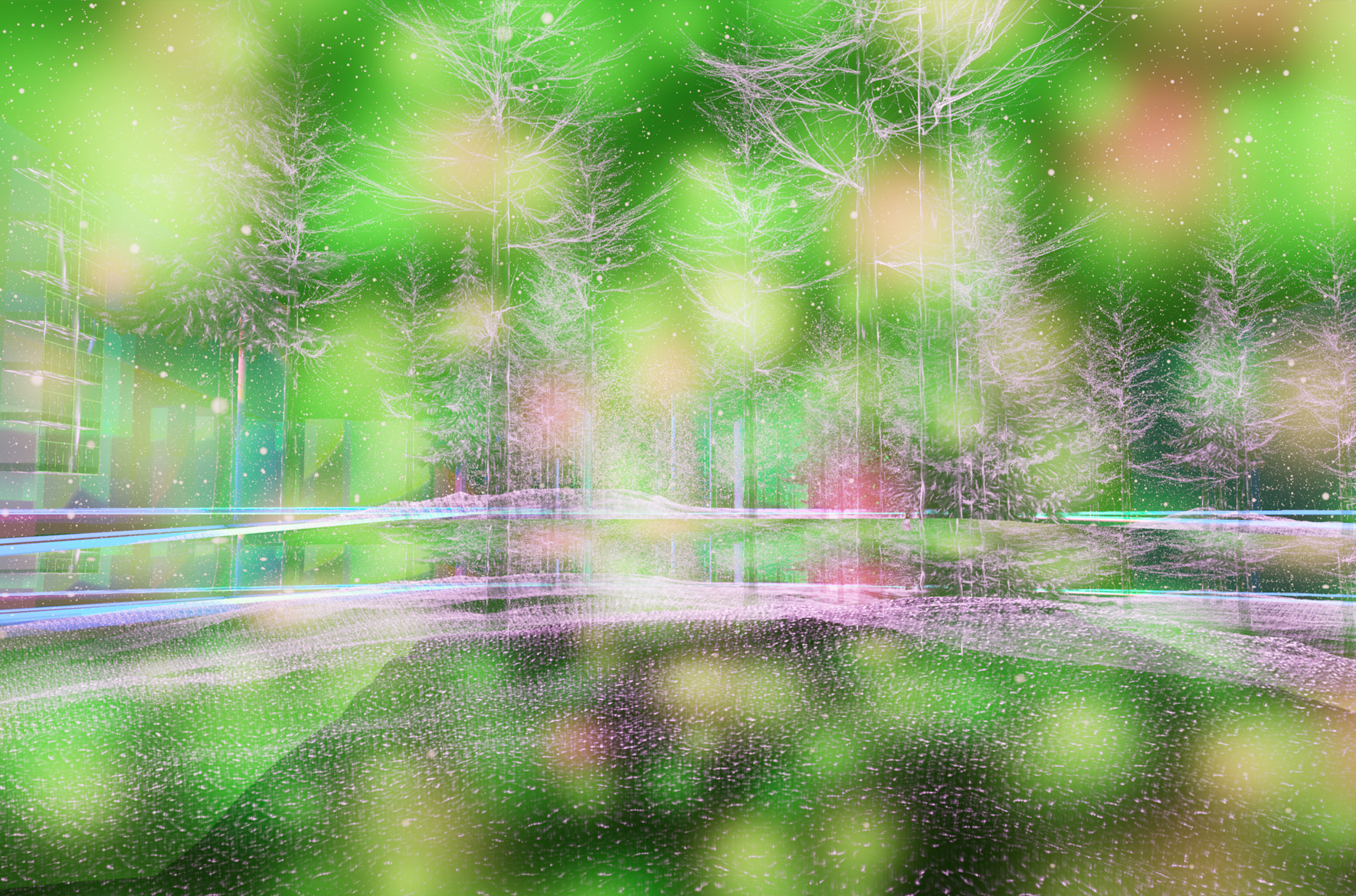
a walk in the woodsan immersive virtual reality experience that explores the relationship between the visual and the auditory through the creation of diverse, dynamic soundscapes

parametric translationsa 15m generative textile pattern that translates the potential in algorithm-aided design methods into something visually tangible
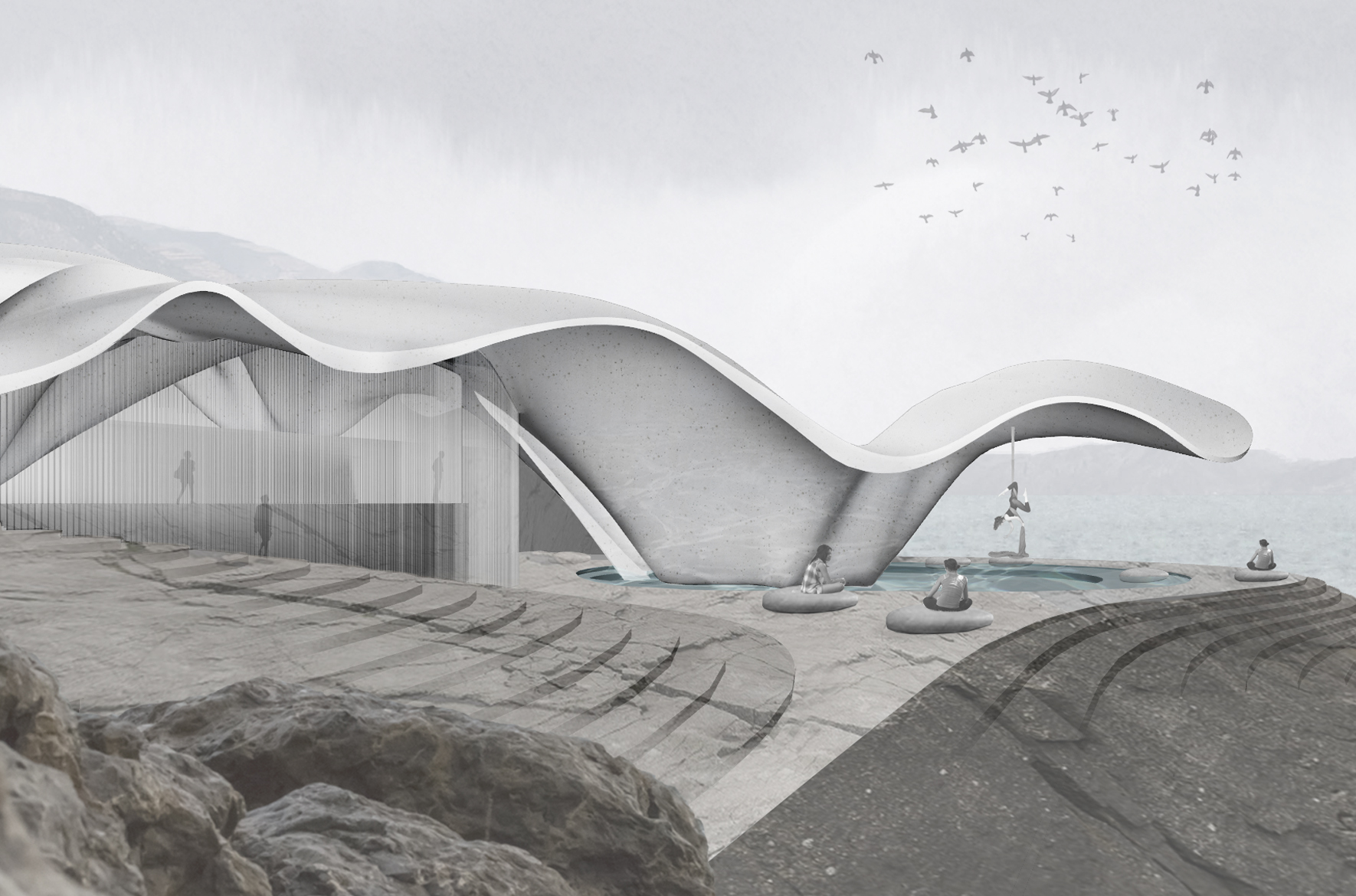
aerial silksa performance hall where the structure is derived not from a predefined program or site, but instead from investigations into material behavior
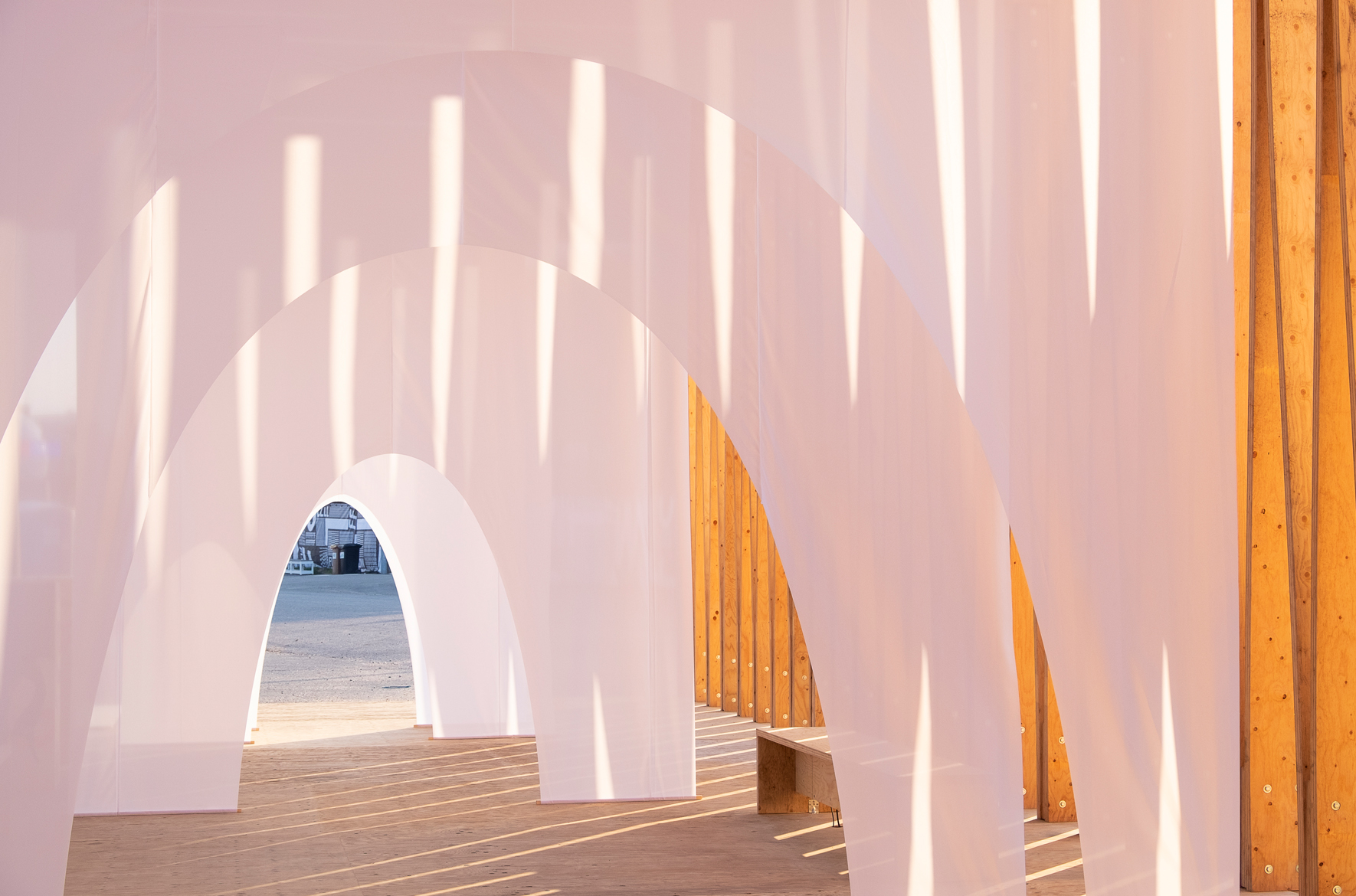
liminalan atmospheric spatial installation designed and built for Flow, one of the largest music festivals in the Nordics that brings together 85,000+ people
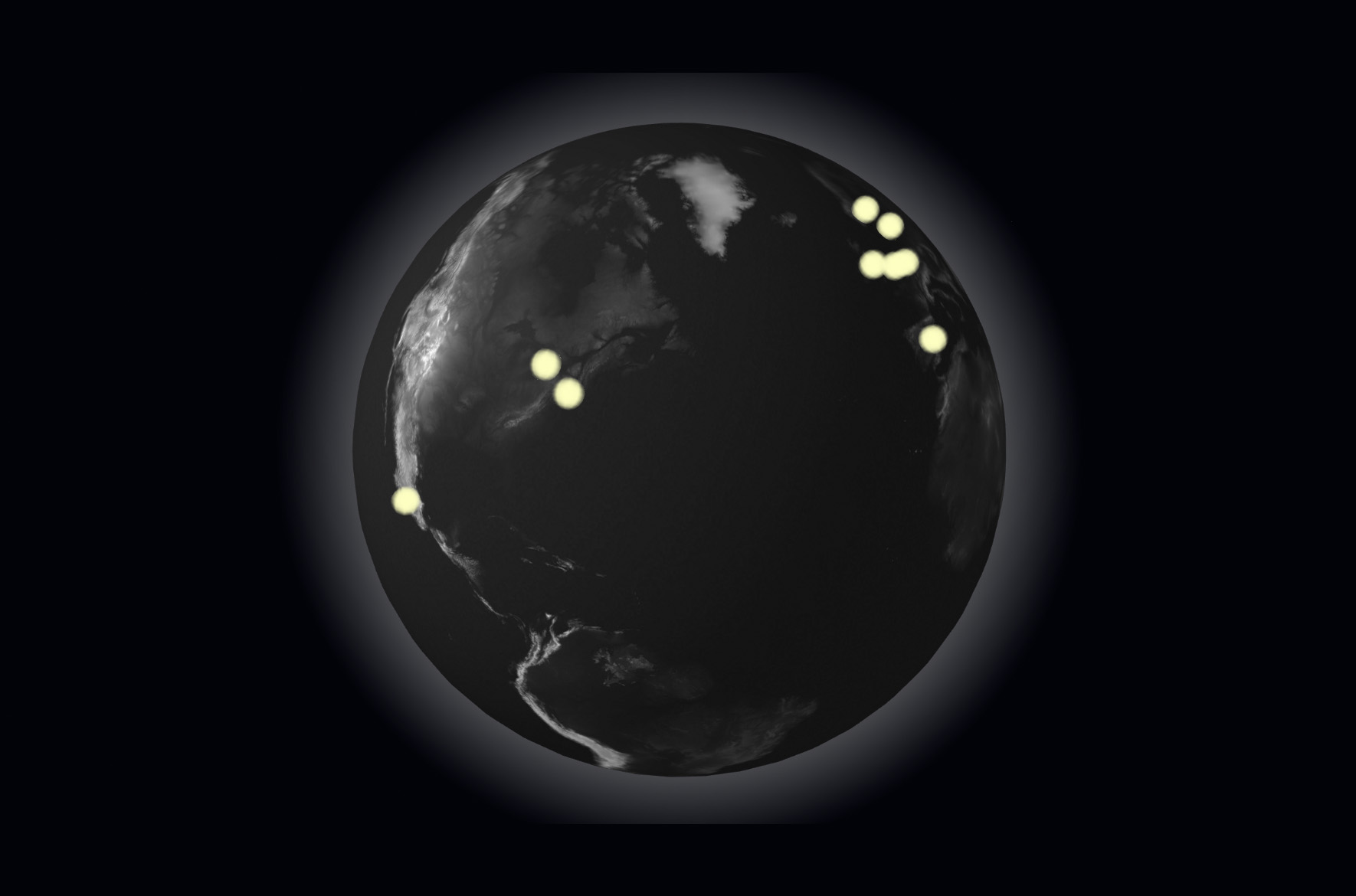
geo bubblesa dynamic visualization that speaks to the idea of nation- or region-wide filter bubbles, a phenomenon that brings social media filters to new scale
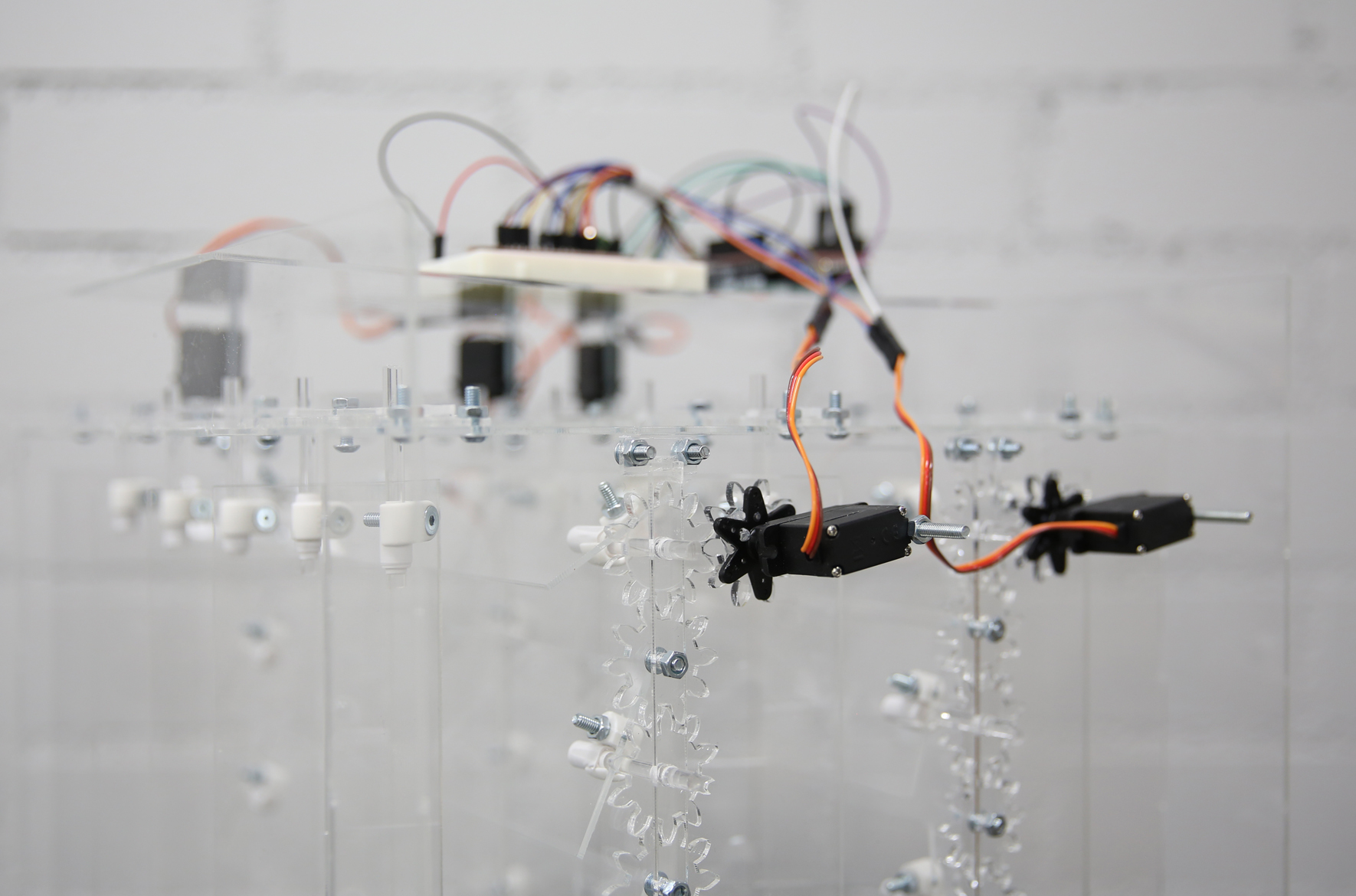
gestural compositionsan interactive installation prototype that explores how pattern generation, a conventionally two-dimensional process, could be applied three-dimensionally in space